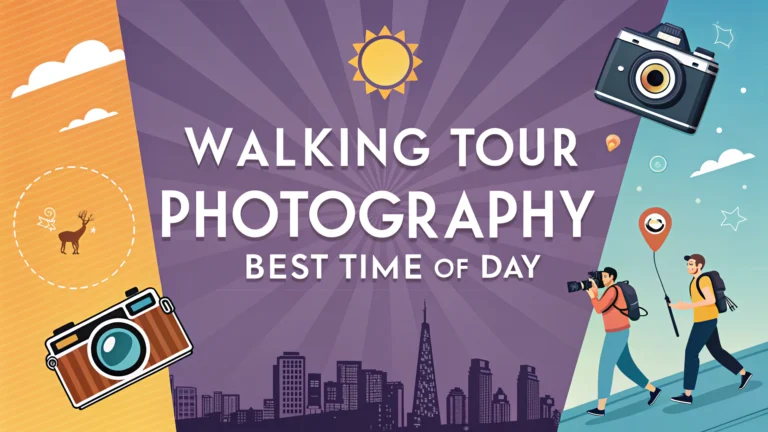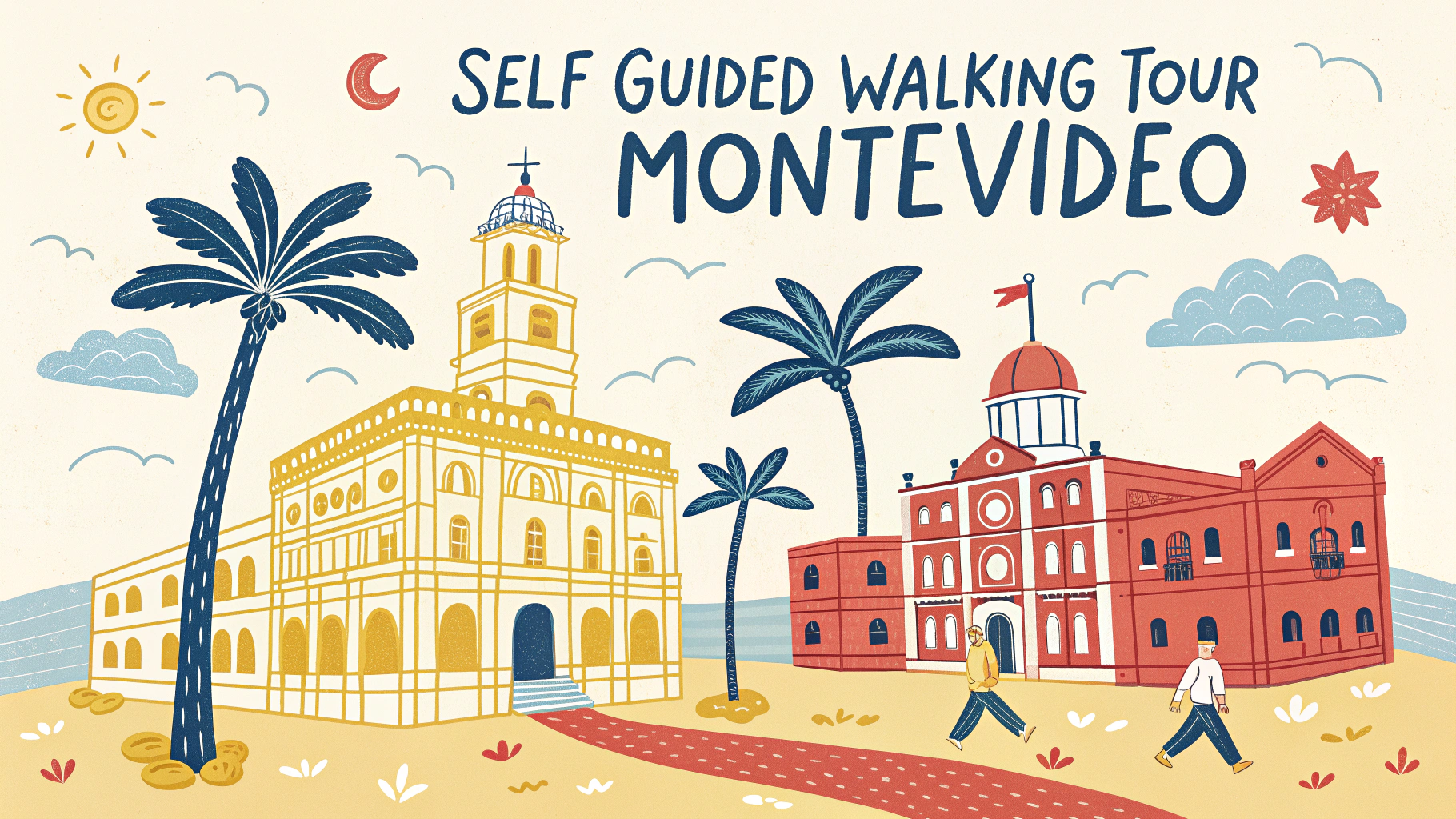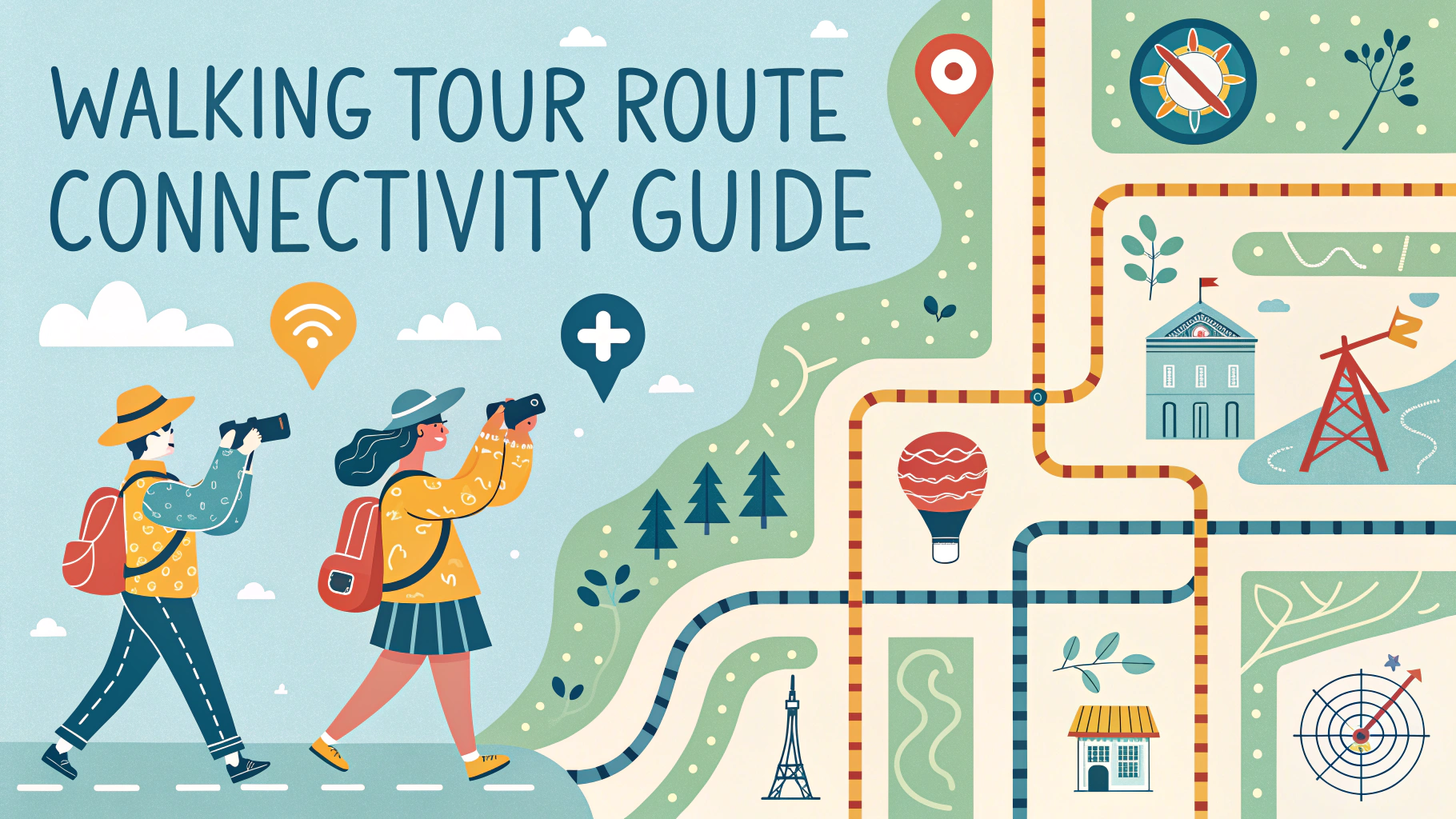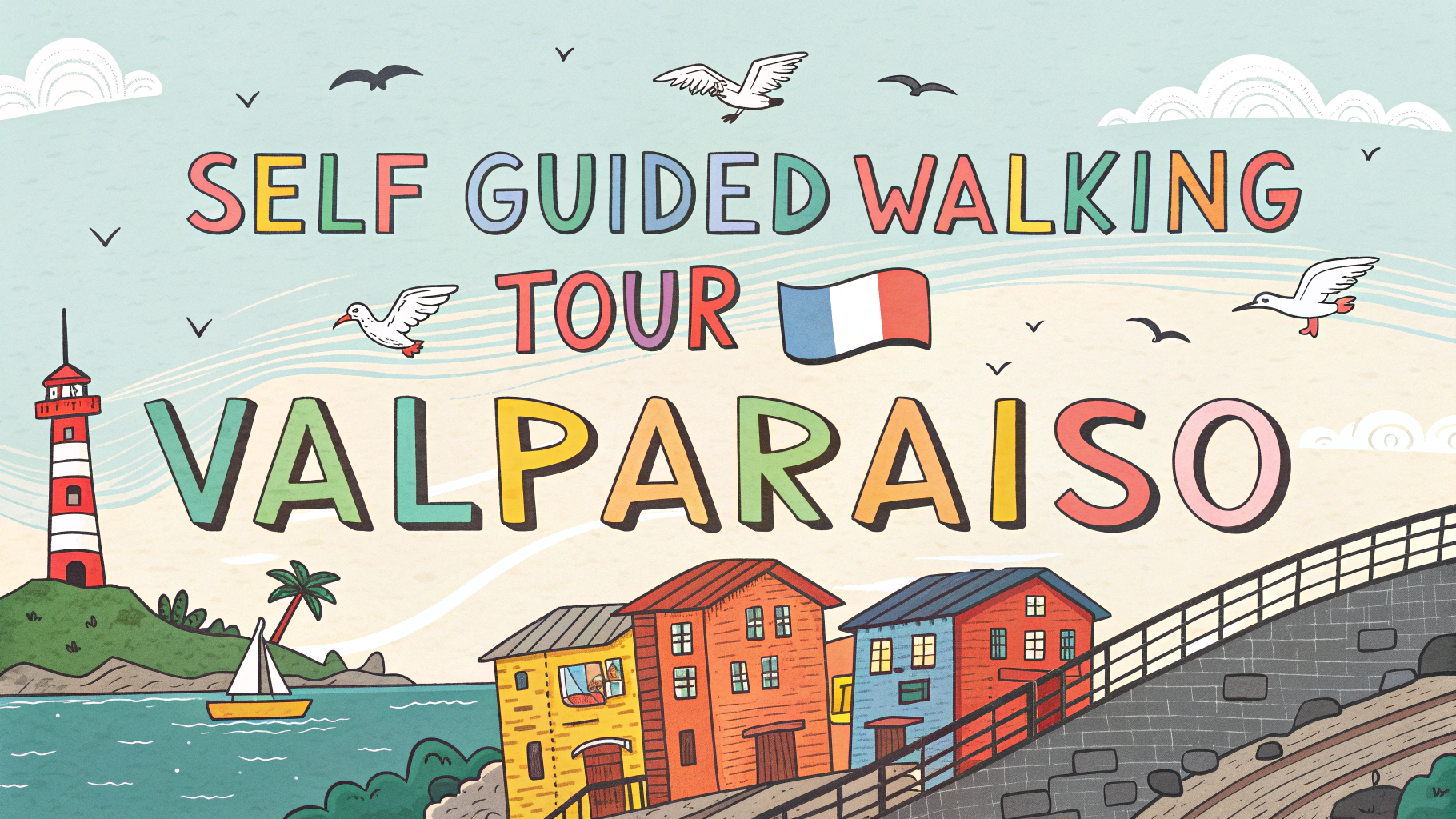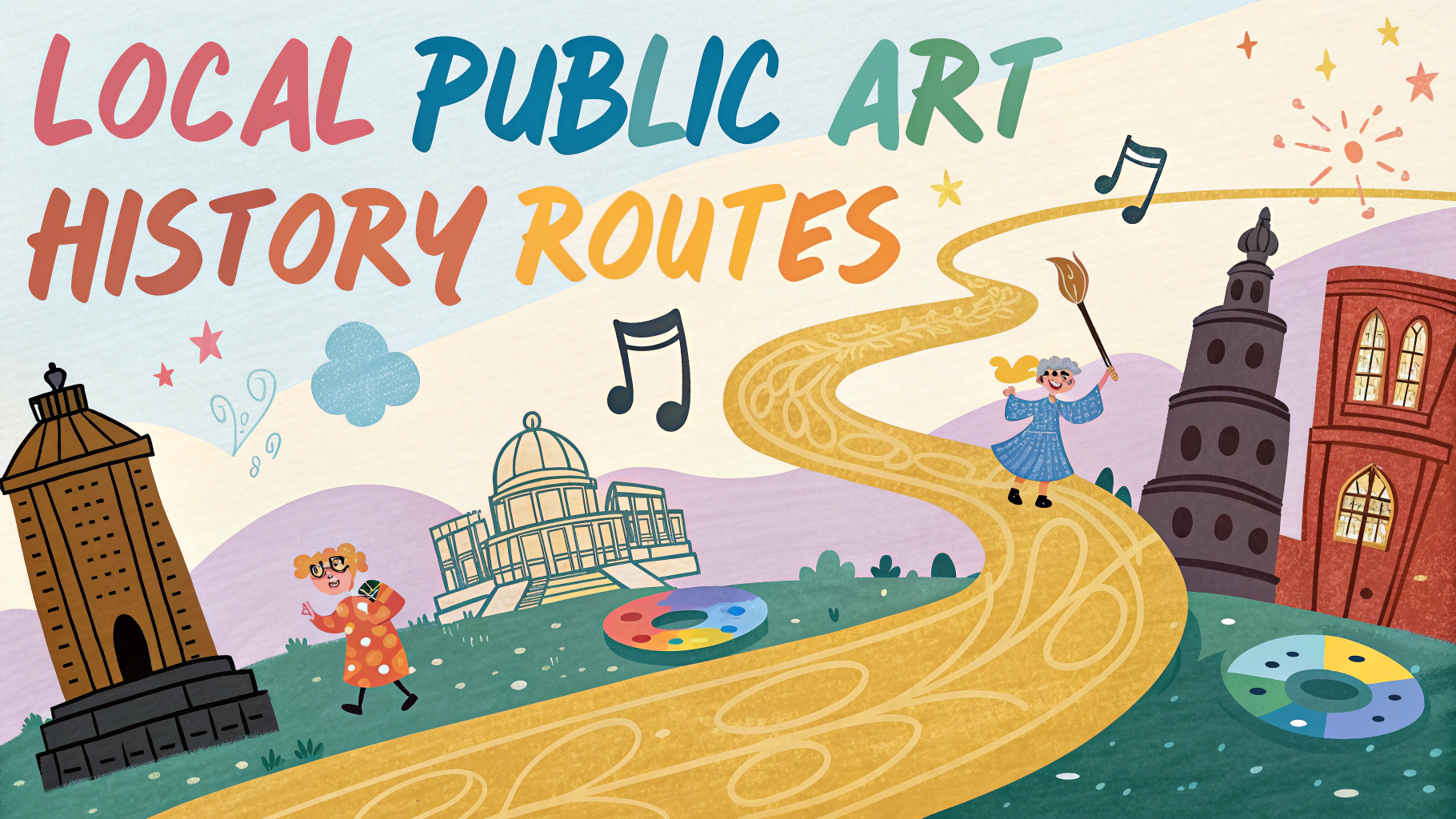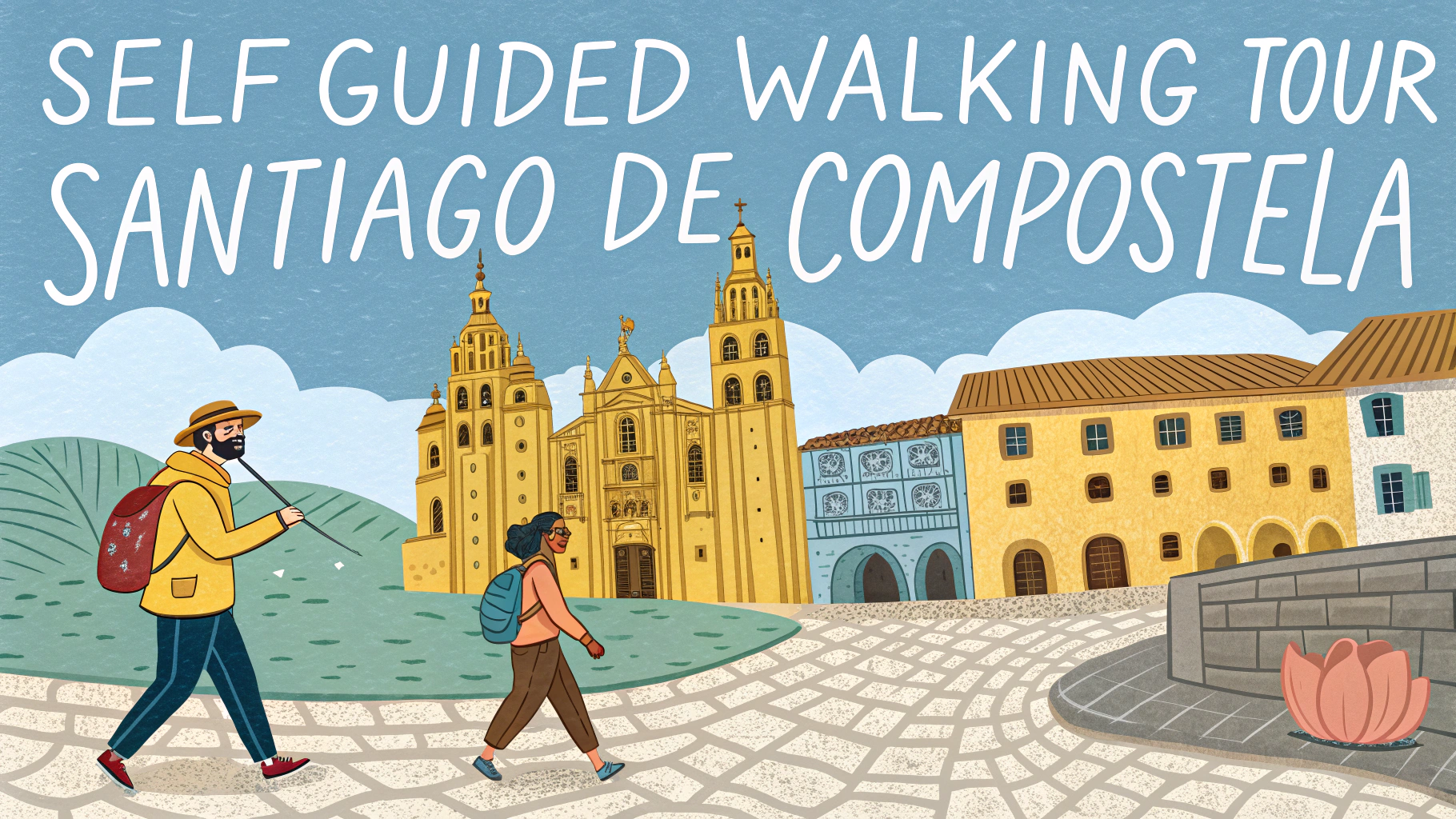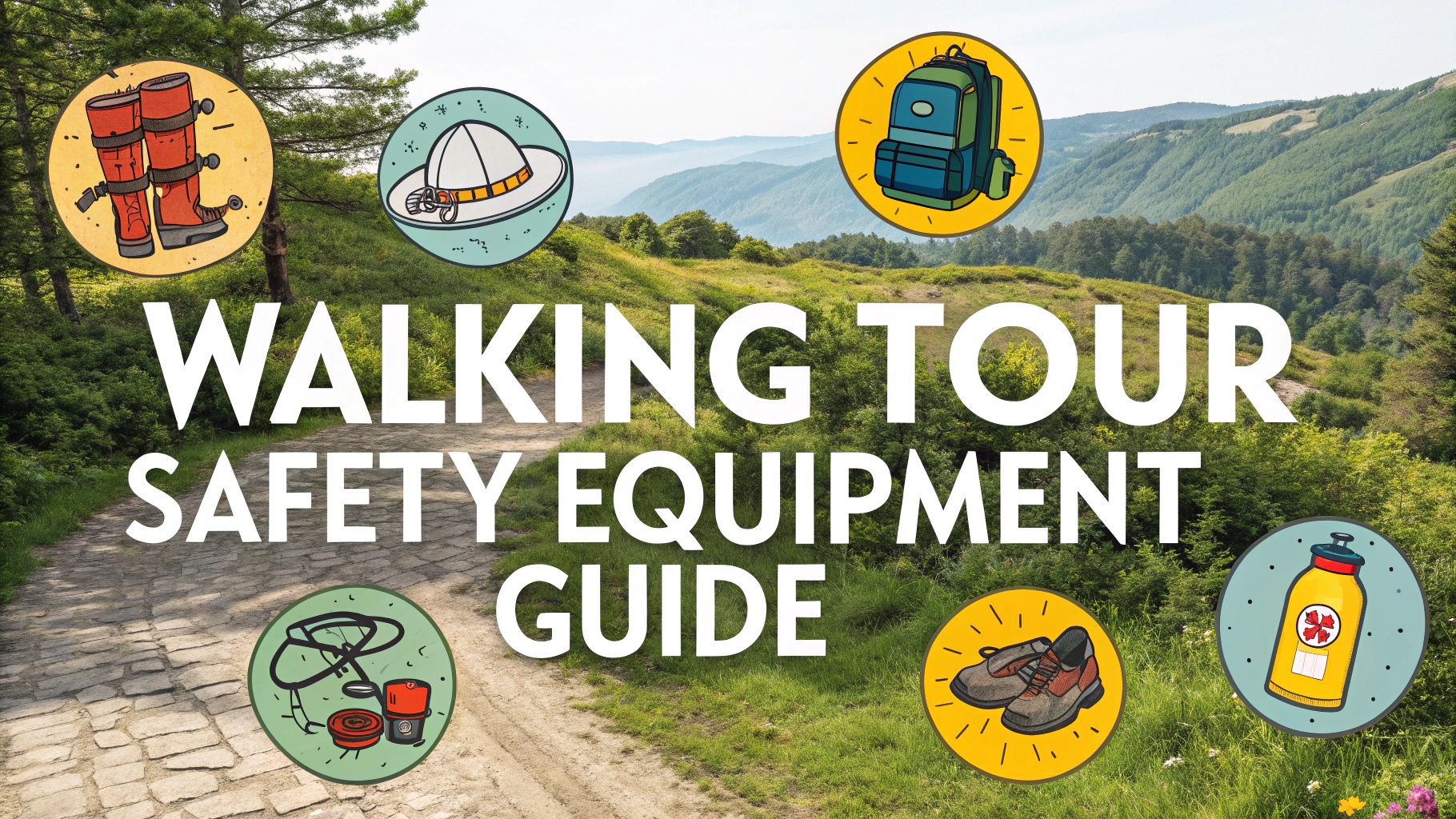The best time for walking tour photography depends on your location and the type of shots you want to capture.
Early morning (1-2 hours after sunrise) offers soft, golden light and fewer tourists in popular spots.
Late afternoon to sunset (golden hour) provides warm, directional light that’s perfect for architectural and street photography.
Light Conditions Throughout the Day
- Sunrise (First Light): Clean, crisp atmosphere with long shadows
- Mid-Morning: Balanced light, good for overall city shots
- Noon: Harsh shadows, challenging for photography
- Late Afternoon: Warm tones, perfect for buildings and landscapes
- Blue Hour: Just before sunrise or after sunset, ideal for city lights
Weather Considerations
Overcast days can work well for even lighting and reducing harsh shadows.
Light rain can add reflection and mood to urban photography.
| Time | Advantages | Best Subjects |
|---|---|---|
| 6-8 AM | Empty streets, soft light | Architecture, streets |
| 4-6 PM | Warm light, lively scenes | People, markets |
| Night | City lights, mood | Landmarks, bridges |
Quick Photography Tips
- Pack a lightweight tripod for low-light conditions
- Use a polarizing filter to manage reflections
- Carry spare batteries and memory cards
- Check sunrise/sunset times before planning your route
Most historic sites and landmarks photograph best during the first two hours after sunrise when tourist crowds are minimal.
Markets and street life come alive mid-morning to late afternoon, offering rich opportunities for candid photography.
Location-Specific Timing
- Urban Areas: Early morning or late afternoon for minimal traffic
- Parks: Mid-morning when flowers open
- Waterfronts: Sunset for reflections
- Historic Districts: Early morning for clean shots
Remember to research local events or festivals that might affect lighting and crowd conditions.
Always check local photography regulations and obtain necessary permits for commercial photography.
Seasonal Considerations
- Spring: Earlier sunrises, blooming flowers
- Summer: Long daylight hours, harsh midday sun
- Fall: Golden foliage, shorter days
- Winter: Low sun angle, dramatic shadows
Plan your walking route to align with optimal lighting conditions for your main photo targets.
Additional Photography Essentials
Equipment Protection
- Weather Protection: Rain covers and lens cloths
- Storage Solutions: Waterproof camera bag
- Cleaning Kit: Lens cleaning supplies for urban dust
Composition Techniques
Urban environments offer unique opportunities for leading lines, symmetry, and framing through architecture.
- Use doorways and arches as natural frames
- Incorporate reflections from windows and puddles
- Look for repeating patterns in building facades
- Include people for scale in architectural shots
Street Photography Ethics
- Respect local customs and privacy laws
- Ask permission when photographing individuals
- Be aware of restricted photography zones
Conclusion
Successful walking tour photography requires careful timing, planning, and awareness of lighting conditions. Early morning and late afternoon typically offer the best natural lighting, while different seasons present unique opportunities and challenges.
Consider your location, subject matter, and seasonal variations when planning your route. Remember to pack appropriate gear, protect your equipment, and respect local regulations and customs.
With proper preparation and timing, walking tours can yield exceptional photographic opportunities in any urban environment.
FAQs
- What is the best time of day for walking tour photography?
The golden hours – just after sunrise (first light to 2 hours after) and before sunset (2 hours before to sunset) – offer the best natural lighting with warm, soft illumination and long shadows that enhance architectural and landscape details. - Should I avoid taking photos during midday hours?
Yes, between 11 AM and 3 PM, harsh overhead sunlight creates strong shadows and high contrast, making it difficult to capture well-balanced photos. If you must shoot during these hours, focus on shaded areas or indoor locations. - What weather conditions are ideal for walking tour photography?
Slightly overcast days provide excellent diffused lighting for even exposure. Light cloud cover acts as a natural softbox, reducing harsh shadows and making it easier to capture architectural details and street scenes. - How can I capture empty streets during my walking tour?
Early morning, particularly before 7 AM, is optimal for photographing streets without crowds. Many popular tourist locations are nearly empty at dawn, allowing clean shots of architecture and landmarks. - What’s the best time for photographing historic buildings?
Late afternoon to early evening provides dimensional lighting that highlights architectural details and textures. The side-lighting during these hours adds depth and character to historic facades. - When should I photograph city skylines during a walking tour?
The blue hour (30 minutes before sunrise or after sunset) offers the best lighting for city skylines, when artificial lights blend perfectly with the natural ambient light in the sky. - What time is best for street photography and capturing local life?
Mid-morning (8-10 AM) and late afternoon (3-5 PM) are ideal for capturing local life, when streets are active with people but lighting is still manageable for photography. - How do seasonal changes affect the best time for walking tour photography?
Winter offers longer golden hours and lower sun angles, while summer has earlier sunrises and later sunsets. Adjust your timing based on seasonal daylight patterns and sun position. - When is the best time for indoor location shots during walking tours?
Midday (11 AM-2 PM) is actually optimal for indoor photography, as strong outdoor light provides adequate illumination through windows while offering refuge from harsh exterior lighting conditions. - What’s the ideal time for photographing public squares and open spaces?
Early morning or late afternoon provides balanced lighting and long shadows that add depth to open spaces. These times also typically have fewer people, allowing clearer compositions.
